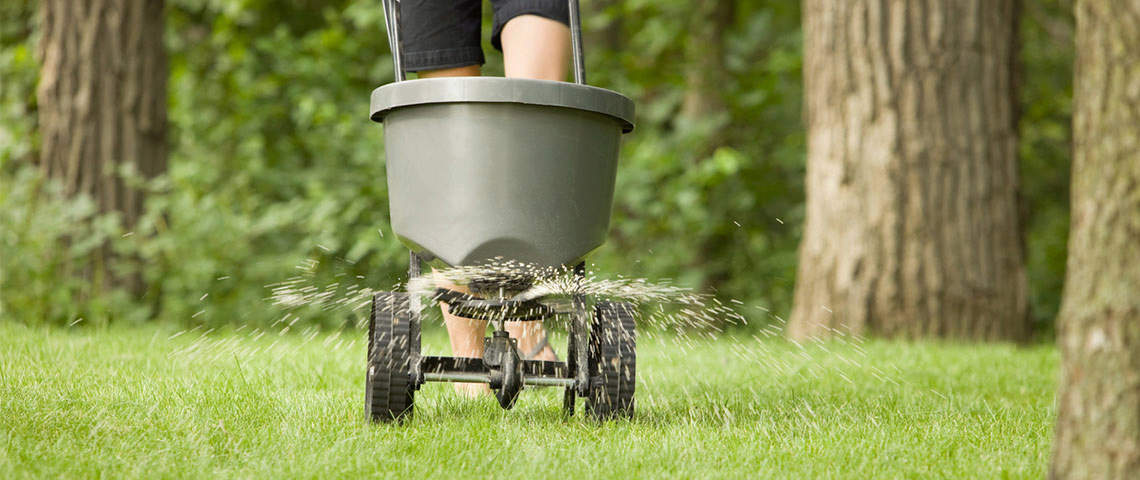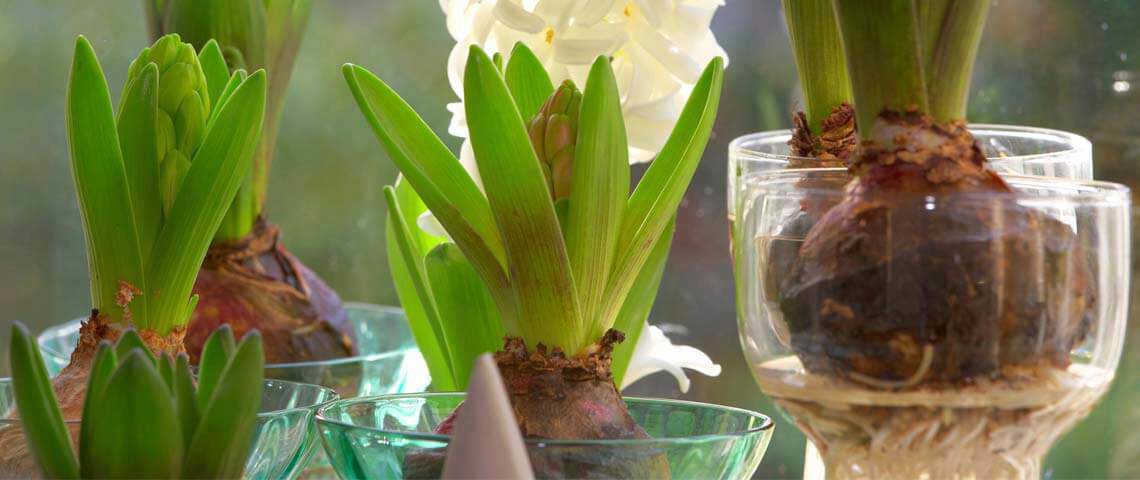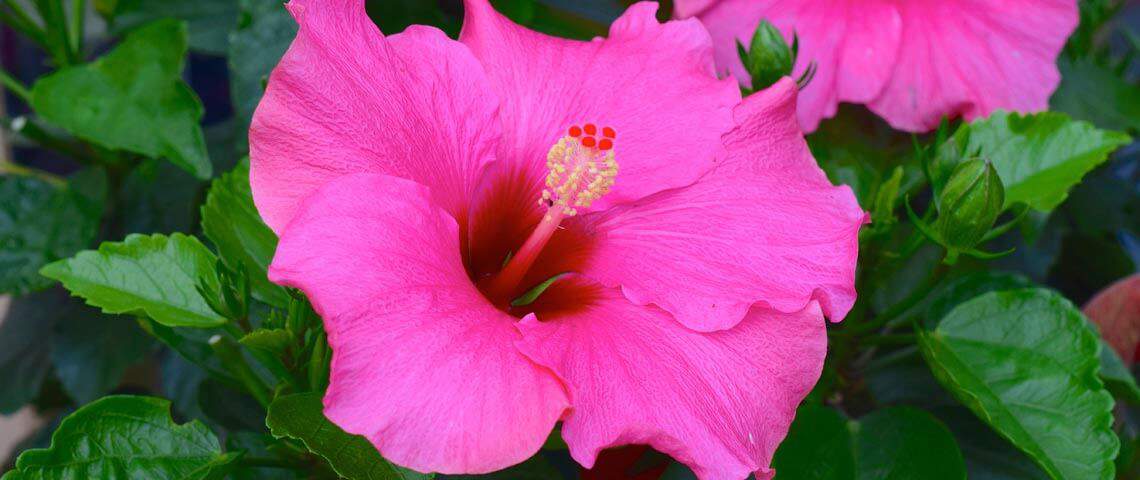HOW TO AVOID GARDEN AND LAWN FERTILIZER BURN
You may have seen it happen in your own yard or a neighbor's. Shortly after a fertilizer application, lawn grasses or garden plants start to discolor and look scorched from "fertilizer burn." Depending on the damage, plants may bounce back — or not. By taking steps to understand this common, preventable problem, you can fertilize your lawn and garden and avoid fertilizer burn:
- Understanding Fertilizer Burn
- Preventing Common Burn-Producing Mistakes
- Choosing and Using Fertilizers Properly

Understanding Fertilizer Burn
From lawn grasses to favorite garden vegetables, plants need nutrients to live. In open, natural habitats, soil naturally provides most of those nutrients. But busy, bountiful gardens and lawns quickly deplete soil nutrients. Fertilizers replenish soil with the extra nutrients lawn and garden plants need for healthy and productive growth.
Simply put, fertilizer burn happens when plants get more fertilizer than they can process. This can happen due to excessive fertilizer or other conditions, such as plant health or weather conditions that interfere with a plant's ability to process the fertilizer it receives. When fertilizers accumulate, fertilizer salts draw water away from plant roots and tissues. What happens next is a lot like drought. Plants can't take in the water they need, so leaves begin to turn yellow or brown and eventually die.
In lawns, fertilizer burn may show up as scorched stripes where trips across the lawn overlapped too much, or it may involve the entire lawn or spots where fertilizer spilled. In garden plants, it often appears as brown, burnt-looking tissue on leaf edges and tips. This is very similar to the burn plants suffer from de-icing salts that accumulate during icy winters.
Preventing Common Burn-Producing Mistakes
You can prevent most cases of fertilizer burn simply by reading the label on your fertilizer products and following all the instructions there. Labels on reputable products will cover appropriate rates, recommended application methods and conditions that avoid lawn and plant damage. The following are some of the most common mistakes that lead to fertilizer burn:
- Applying more than the label-recommended rate. More is not better in fertilizers or other lawn and garden products. The recommended rates on quality fertilizers optimize the benefits to your plants. Exceeding those rates puts plants at risk for burn.
- Miscalculating the size of an area. Take a tip from the pros, and get your figures right when fertilizing based on an area's size. For lawns, start with the outer dimensions, but remember to deduct non-lawn areas, such as your home, outbuildings and driveways, or you'll unintentionally overapply.
- Guessing at fertilizer quantities. Bypassing a measuring cup increases the risk of burn, especially when directly fertilizing individual plants. Devote a set of measuring cups specifically to garden fertilizers. Then take time to measure product before you apply it.
- Leaving the spreader hopper open when filling, stopping or turning. Unless you close the hopper when you fill, stop or turn your spreader, fertilizer keeps coming out. Every pile of excess fertilizer is an opportunity for fertilizer burn.
- Fertilizing dry or stressed lawns or gardens. Plants stressed due to health, soil or weather conditions can't process fertilizer normally. Instead of helping, fertilizer can make the problem worse. Remedy the stress or delay fertilizing until normal conditions return.
- Using inappropriate fertilizer products. An all-purpose fertilizer with an N-P-K ratio such as 10-10-10 suits most plant types, but specialty fertilizers target specific plants and purposes. A high-nitrogen lawn fertilizer for quick grass green-up may put shallow-rooted, fertilizer-sensitive azaleas at risk for burn. Herbicide-containing weed & feeds or crabgrass preventers designed for established lawns may burn or otherwise harm germinating seed and seedlings.

Untended fertilizer spills turn into dead lawn spots.
Choosing and Using Fertilizers Properly
Fertilizers come in many different forms, from concentrated liquids to dry granules. Each type calls for different application methods, rates and conditions — all outlined on the product label. Products such as Ironite Liquid Lawn & Garden Spray 7-0-1 are sprayed directly on plant leaves and soil, but other fertilizers may burn if left on leaves. Never assume what works with one fertilizer works for another; you'll put your lawn or garden at risk of fertilizer damage.
Fertilizer burn can happen with both organic and synthetic fertilizers, but it's less likely with slow-release fertilizers than with fast-release — both of which can be organic or man-made. The best fertilizers for your lawn and garden provide an ideal blend of nutrients in forms that harmonize with plant needs and minimize the potential for mistakes or fertilizer burn.
High-quality Pennington lawn fertilizers such as Pennington Full Season Lawn Fertilizer 32-0-5 are guaranteed not to burn when used as directed. Just one application and you're done for the year. Ironite Mineral Supplement 1-0-1, used as a supplement to your regular fertilizer program, greens lawns quickly without any risk of fertilizer burn.
Whatever form of fertilizer you choose, read the label, follow instructions and always practice good fertilizer safety to protect your family and pets as well as your lawn and garden. If you spill fertilizer or realize you over-applied, remove as much excess fertilizer as possible from the soil surface; then water the area heavily. This helps rinse any remaining excess from grass or plant leaves and flushes salts through the soil and away from plants.
With the help of superior Pennington products, you can feed your lawn and garden the nutrients they need for vigorous, beautiful, productive growth and avoid damage from fertilizer burn. Pennington has been cultivating the trust of homeowners and grass professionals for more than three generations. You can count on Pennington for results.
Pennington with design is a registered trademark of Pennington Seed, Inc.
Ironite is a registered trademark of Central Garden & Pet Company.





